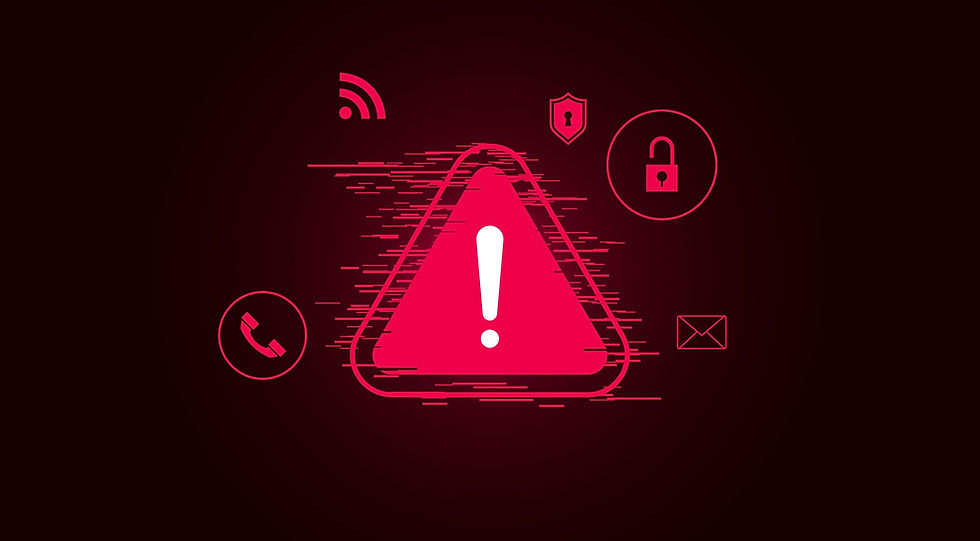The Double-Edged Sword of AI in Cybersecurity for Businesses
- peterproulx
- Feb 29, 2024
- 2 min read
Updated: Feb 12

As we march further into 2024, the digital domain continues to expand, bringing with it a wave of innovations and, unfortunately, new cybersecurity threats. One of the most significant double-edged swords in this ongoing battle is Artificial Intelligence (AI). While AI has been a beacon of progress, enabling businesses to secure their operations like never before, it's also given cybercriminals a powerful tool for orchestrating attacks.
AI: The Defender and The Adversary
On the bright side, AI's ability to analyze vast amounts of data at unprecedented speeds has been a game-changer for cybersecurity defenses. AI algorithms can detect patterns and anomalies that point to cyber threats, often identifying and neutralizing them before they can cause harm. This proactive defense mechanism is essential for safeguarding sensitive data and ensuring business continuity.
However, the flip side reveals a darker narrative. Cybercriminals are leveraging AI to conduct sophisticated attacks that are harder to detect and counter. From generating phishing emails that are eerily personalized to automating attack strategies that adapt in real-time, the misuse of AI in the hands of adversaries is a growing concern.
Navigating the AI-powered Cyber Threat Landscape
The development of AI and its offshoots like machine learning and automation has emboldened hackers, enabling them to launch attacks with a precision and scale previously deemed impossible. These AI-powered threats are not just more sophisticated; they're also relentless and evolving, making the task of defending against them increasingly complex.
To counteract these threats, businesses need to adopt a multi-layered cybersecurity strategy. This includes updating and enforcing robust security policies, conducting regular cybersecurity audits, and, importantly, embracing AI in their cybersecurity efforts. By doing so, companies can stay one step ahead, using the same technology that poses a threat to protect against it.
The Role of Human Oversight
Despite the advances in AI, the importance of human oversight cannot be overstated. Cybersecurity personnel need to monitor AI systems to ensure they are functioning as intended and to provide a critical assessment of threats that AI might overlook. This blend of AI and human expertise is the cornerstone of a resilient cybersecurity strategy.
Empowering Employees: The First Line of Defense
Training and educating employees about the potential cybersecurity threats, including those posed by AI, is crucial. Employees should be made aware of the tactics used by cybercriminals, such as AI-generated phishing attempts, and be equipped with the knowledge to recognize and report such threats. This human layer of defense is vital in creating a comprehensive security posture that can adapt to the ever-changing threat landscape.
A Balanced Approach to AI in Cybersecurity
As businesses navigate the complex web of cybersecurity threats in 2024, the dual role of AI as both protector and potential threat looms large. By adopting a balanced approach that leverages AI's strengths while mitigating its vulnerabilities, businesses can protect their digital assets and maintain trust in an increasingly interconnected world.
The journey towards robust cybersecurity is ongoing, and as AI continues to evolve, so too must our strategies to harness its potential for good while guarding against its misuse. The future of cybersecurity is inextricably linked with AI, and by understanding and adapting to this relationship, businesses can secure their place in the digital age with confidence.



